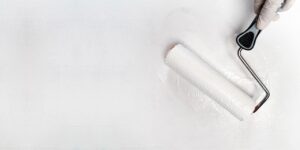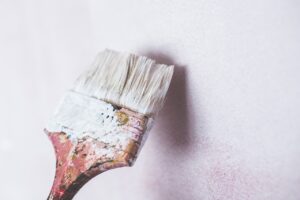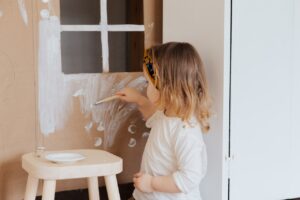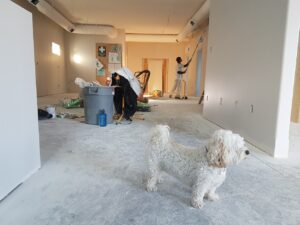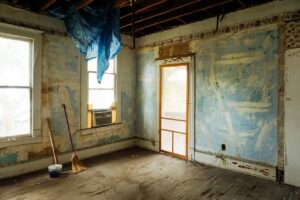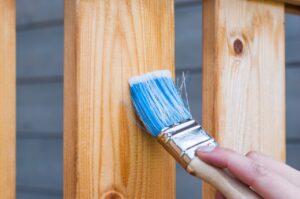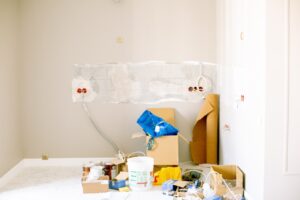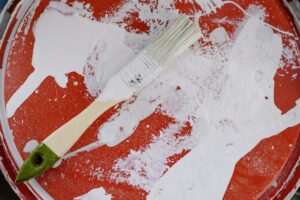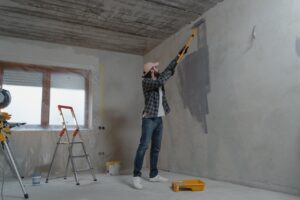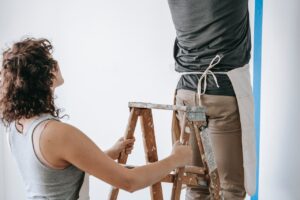
Exterior House Painting: Should You DIY Or Hire A Pro?
Introduction: The Pros And Cons Of DIY VS Hiring A Professional The decision to DIY or hire a professional for exterior house painting can be a challenging one for homeowners. On one hand, DIY painting can save money and provide a sense of accomplishment. On the other hand, hiring a professional can ensure high-quality work and save time and effort. In this article, we will explore the pros and cons of both options to help homeowners make an informed decision about whether to DIY or hire a professional for their exterior house painting project. Assessing Your Skills And Comfort Level Assessing your skills and comfort level is a crucial step in deciding whether to DIY or hire a professional for your exterior house painting project. While DIY painting can save you money, it requires specific skills, knowledge, and experience. If you’re comfortable using tools, have some painting experience, and willing to invest time and effort in the project, DIY might be a good option. However, if you lack the necessary skills or experience, or you’re not confident working at heights or with power tools, hiring a professional may be a better choice. It’s important to be honest with yourself about your abilities and comfort level to avoid costly mistakes or accidents. Cost Comparison: DIY VS. Professional Painting Cost is a significant factor when deciding whether to DIY or hire a professional for exterior house painting. DIY painting can save money on labor costs, but homeowners need to factor in the cost of materials, equipment, and their time. Depending on the size and condition of the home, the cost of DIY painting can vary significantly. On the other hand, hiring a professional painter can be expensive, but it often includes the cost of materials and equipment. Professionals also have the experience and expertise to complete the job efficiently and effectively, which can save time and money in the long run. It’s essential to consider both the short-term and long-term costs before making a decision on whether to DIY or hire a professional for exterior house painting. Time And Convenience Considerations Time and convenience are crucial factors to consider when deciding whether to DIY or hire a professional for your exterior house painting project. DIY painting may seem like a cost-effective option, but it requires a significant time commitment. You’ll need to dedicate several weekends to prepare the surface, apply the primer, and paint the house. If you have a busy schedule, DIY painting may not be feasible, and you may end up taking much longer than expected to complete the project. On the other hand, hiring a professional painting contractor can save you time and hassle. Professional painters have the expertise and equipment to complete the job quickly and efficiently, allowing you to focus on other things. They can also work around your schedule and complete the project at a convenient time, minimizing disruption to your daily routine. Overall, the convenience of hiring a professional can outweigh the cost difference between DIY and professional painting. Quality And Durability Of The Paint Job When it comes to the quality and durability of the paint job, there are several factors to consider. Professional painters have years of experience and training, which means they know how to properly prepare the surface, choose the right paint and tools, and apply the paint with precision. This can result in a more even and long-lasting finish. On the other hand, DIY painting projects may lack the expertise and experience of a professional, which can lead to mistakes such as improper surface preparation, using the wrong type of paint, and inconsistent paint application. This can result in a less durable and less aesthetically pleasing paint job, which may require more frequent touch-ups or repainting in the future. In addition, professionals may offer warranties or guarantees on their work, providing homeowners with peace of mind and protection against any potential issues with the paint job. DIY projects do not come with such guarantees, leaving homeowners solely responsible for any issues that arise. Overall, the quality and durability of the paint job are essential considerations when deciding whether to DIY or hire a professional. While DIY projects may be more affordable, the long-term benefits of a professional paint job may outweigh the initial cost. Safety And Health Hazards When it comes to exterior house painting, safety and health hazards are significant considerations for both DIY and professional approaches. DIY painting may expose homeowners to several hazards such as inhaling paint fumes, skin irritation, falls from ladders, and other accidents. Additionally, improper disposal of paint and related materials can pose an environmental risk. On the other hand, hiring a professional painter means that the homeowner can avoid these risks and liabilities. Professional painters have the necessary skills, equipment, and safety gear to handle these hazards safely and effectively. Therefore, it’s crucial to assess your ability to handle these risks and weigh the potential health and safety consequences before deciding on DIY painting or hiring a professional. Choosing The Right Option For Your Needs And Budget When deciding whether to DIY or hire a professional for exterior house painting, it’s essential to consider several factors. While DIY painting can save money, it requires time, effort, and skill. Hiring a professional painter, on the other hand, can save time and deliver a high-quality, long-lasting paint job. Assessing your skills and comfort level is crucial in determining whether you should take on the project yourself. If you have little or no experience with painting, it may be best to hire a professional. Another crucial factor to consider is the cost comparison between DIY and professional painting. While DIY painting can save on labor costs, the cost of materials and tools can add up quickly. A professional painter may have access to better-quality materials and tools, leading to a higher-quality paint job. Time and convenience considerations are also important. DIY painting can take significantly longer than hiring a professional, especially for larger homes or

